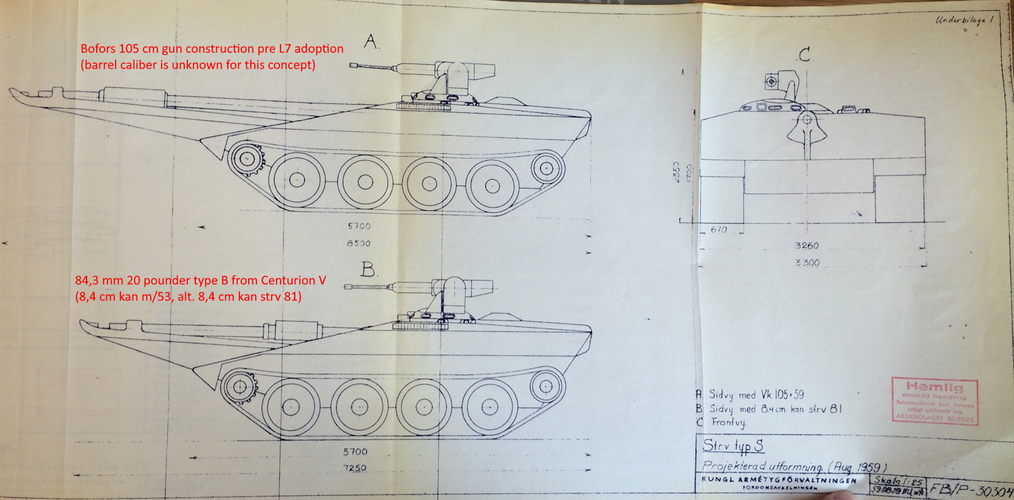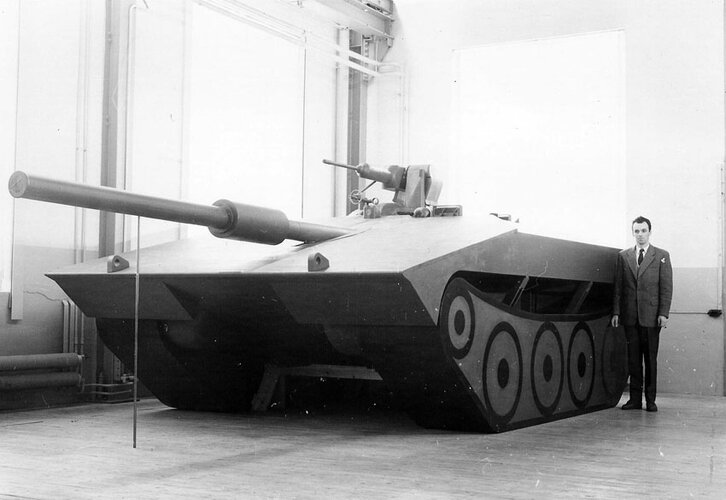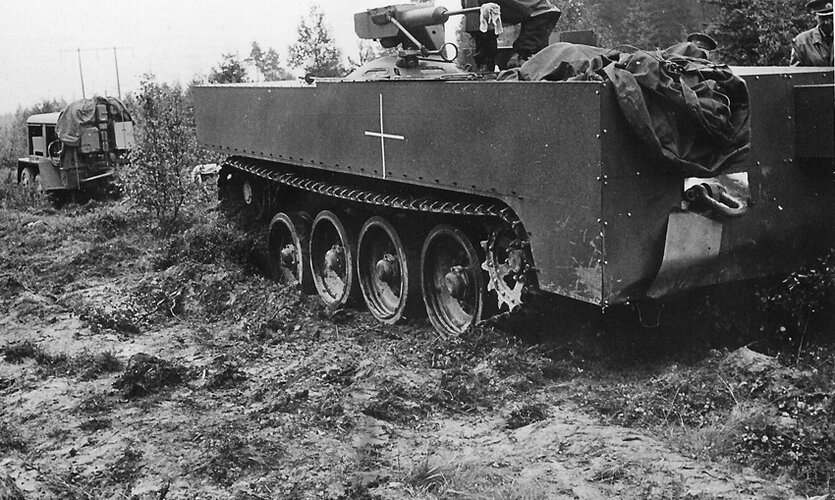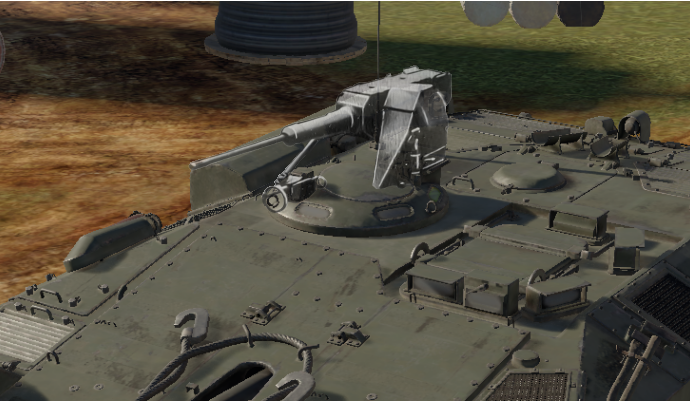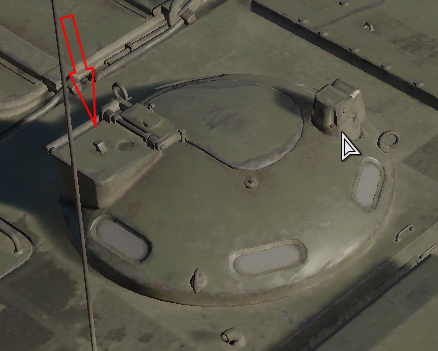- Joined
- 21 May 2006
- Messages
- 2,833
- Reaction score
- 1,912
G'day gents.
Can I request the assistance/input of our resident 'Tank' experts/enthusiasts please?
I'm intrigued with the Swedish adoption of the Bofors 105mm L/62 rifled gun, which they developed and employed on their Stridsvagn 103 tank.
From what I'm able to ascertain, this gun was a development of the British Royal Ordinance L7 105mm L/52 rifled gun (??).
Now it appears obvious with its increase in barrel length (L/62 verse the L7's L/52), that its velocity/penetration capability was a marked improvement over that of the venerable Royal Ordinance L7, whilst using the standard/existing ammunition as the British 105 mm L7.
My question to our resident 'Tank' experts/enthusiasts is this -
If the performance of the Bofors 105mm L/62 rifled gun gave a better 'bang for bucks,' whilst using the standard/existing ammunition as the British 105 mm L7, is there any reason that the Bofors 105mm L/62 rifled gun couldn't be adopted, as a retrofit to conventional (turreted) tank designs - like the Centurion, Leopard 1, M60 etc...?
Now I know and appreciate that the longer barrel arrangement could/would add to issues of turret/vehicle balance, and of course the potential of ploughing of the gun barrel into the ground etc. But when I reflect on what the Israelis did with their M50/M51 Sherman - fitting a large counterweight at the turrets rear, could the Bofors 105mm L/62 rifled gun been feasibly incorporated into a turreted tank of the era? I'm thinking that many a army, with its 105mm ammunition stocks, could have potentially held off the seeming race to replace their 105mm tanks with 120mm tanks, had they been able to have fitted Bofors 105mm L/62 rifled gun. Add to this the seeming serge in advanced 105mm anti-tank rounds by the likes of Israel.....
I'd appreciate your comments and technical expertise gents!
Regards
Pioneer
Can I request the assistance/input of our resident 'Tank' experts/enthusiasts please?
I'm intrigued with the Swedish adoption of the Bofors 105mm L/62 rifled gun, which they developed and employed on their Stridsvagn 103 tank.
From what I'm able to ascertain, this gun was a development of the British Royal Ordinance L7 105mm L/52 rifled gun (??).
Now it appears obvious with its increase in barrel length (L/62 verse the L7's L/52), that its velocity/penetration capability was a marked improvement over that of the venerable Royal Ordinance L7, whilst using the standard/existing ammunition as the British 105 mm L7.
My question to our resident 'Tank' experts/enthusiasts is this -
If the performance of the Bofors 105mm L/62 rifled gun gave a better 'bang for bucks,' whilst using the standard/existing ammunition as the British 105 mm L7, is there any reason that the Bofors 105mm L/62 rifled gun couldn't be adopted, as a retrofit to conventional (turreted) tank designs - like the Centurion, Leopard 1, M60 etc...?
Now I know and appreciate that the longer barrel arrangement could/would add to issues of turret/vehicle balance, and of course the potential of ploughing of the gun barrel into the ground etc. But when I reflect on what the Israelis did with their M50/M51 Sherman - fitting a large counterweight at the turrets rear, could the Bofors 105mm L/62 rifled gun been feasibly incorporated into a turreted tank of the era? I'm thinking that many a army, with its 105mm ammunition stocks, could have potentially held off the seeming race to replace their 105mm tanks with 120mm tanks, had they been able to have fitted Bofors 105mm L/62 rifled gun. Add to this the seeming serge in advanced 105mm anti-tank rounds by the likes of Israel.....
I'd appreciate your comments and technical expertise gents!
Regards
Pioneer

